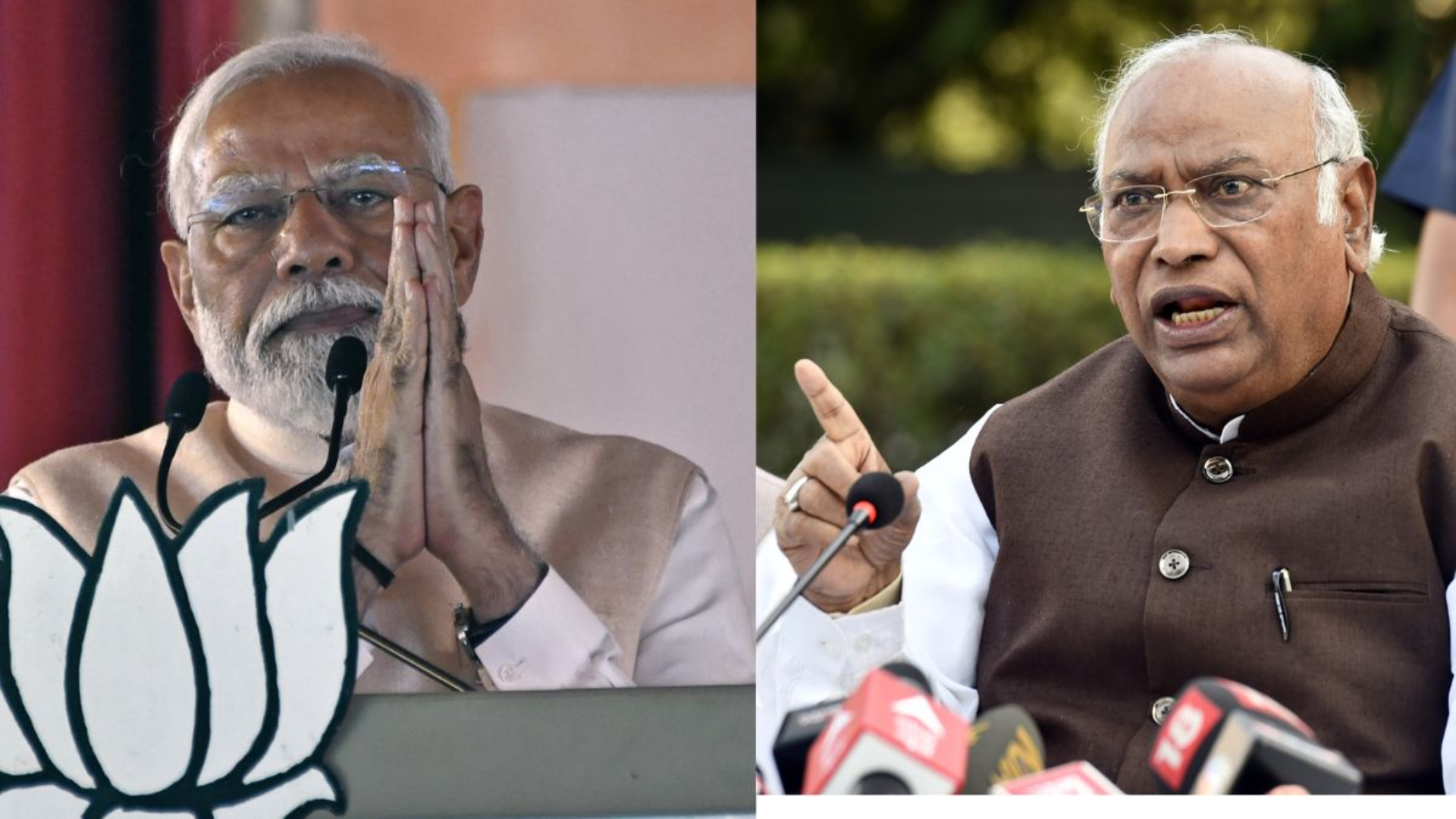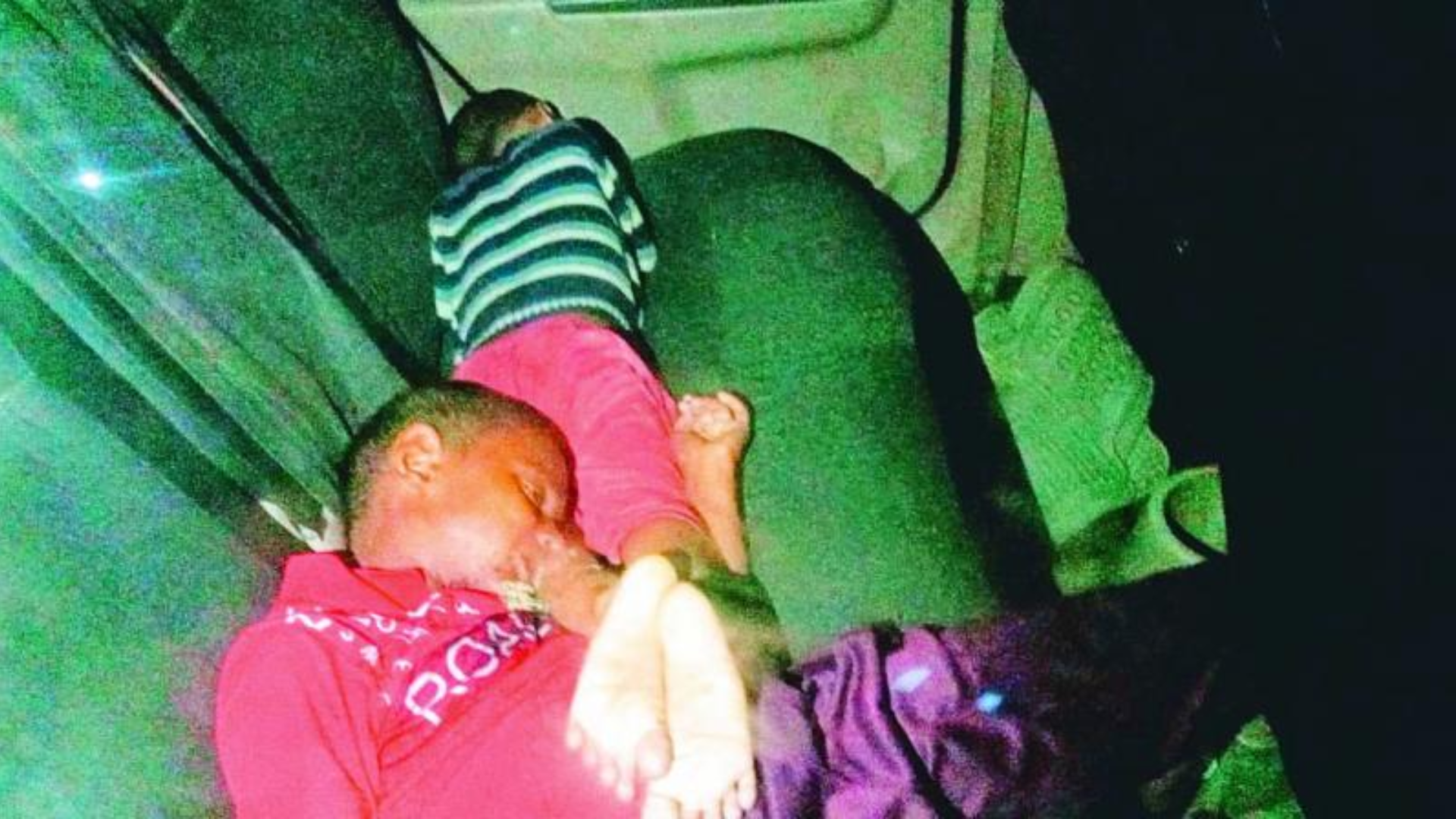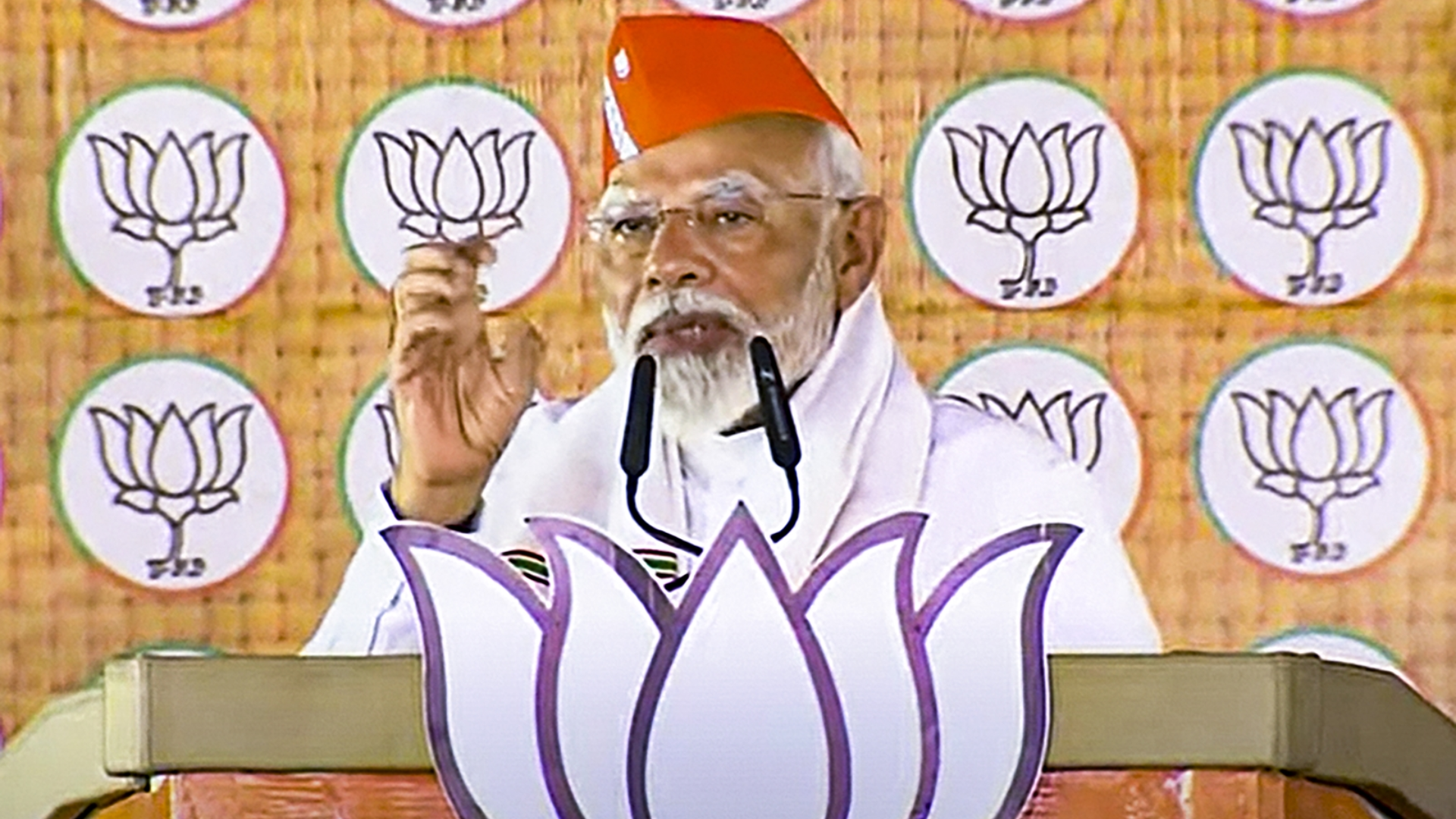


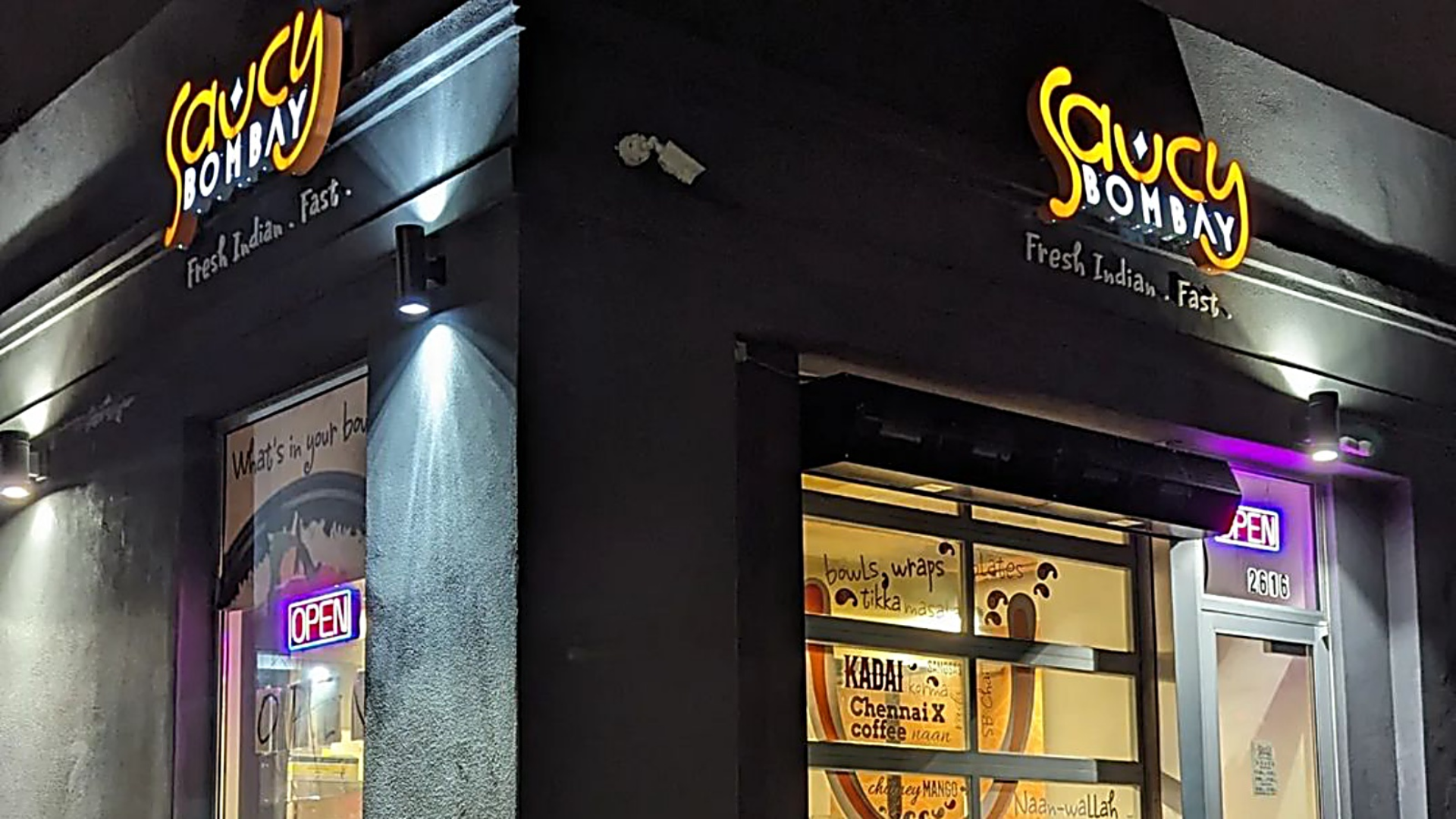

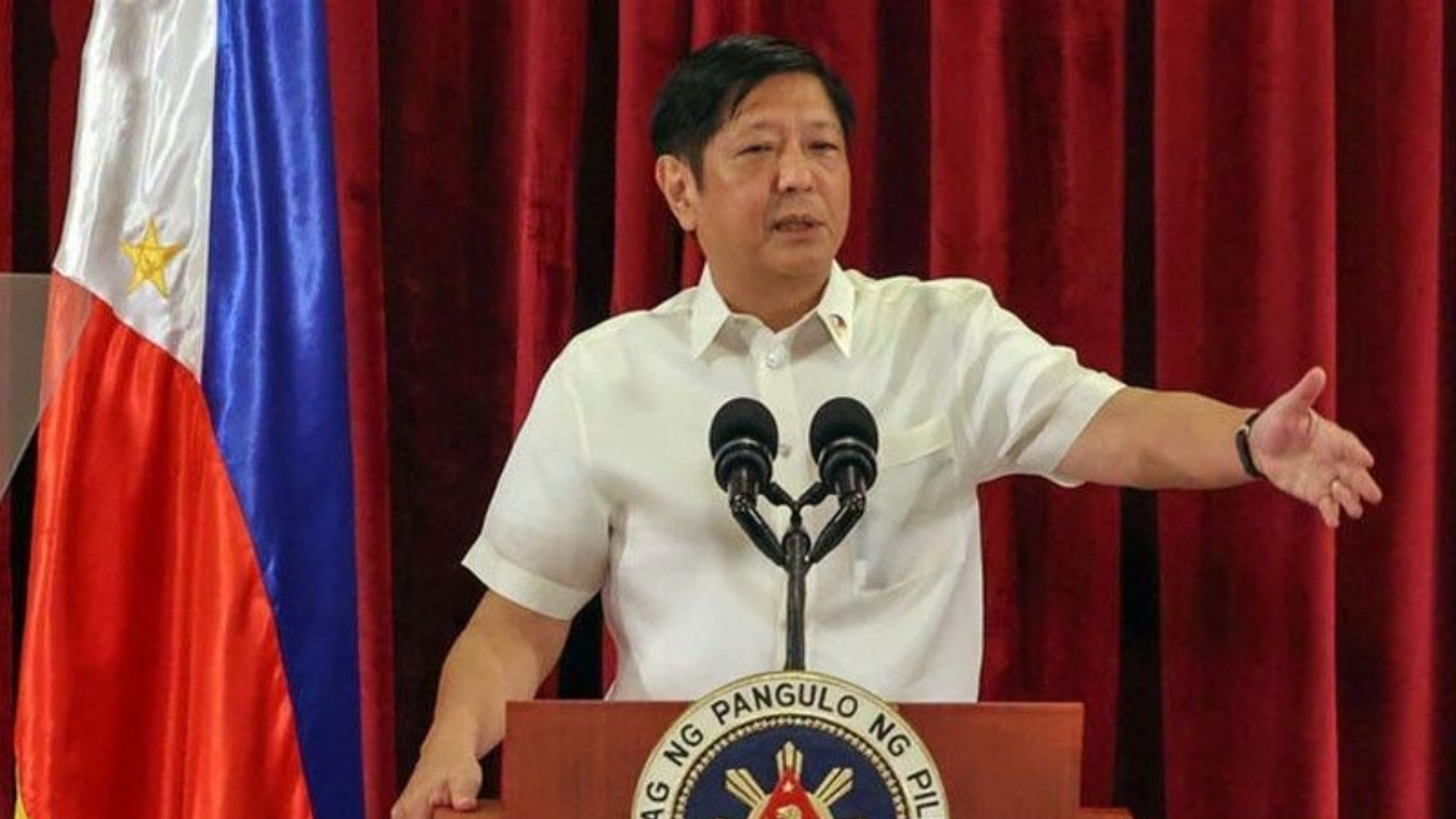

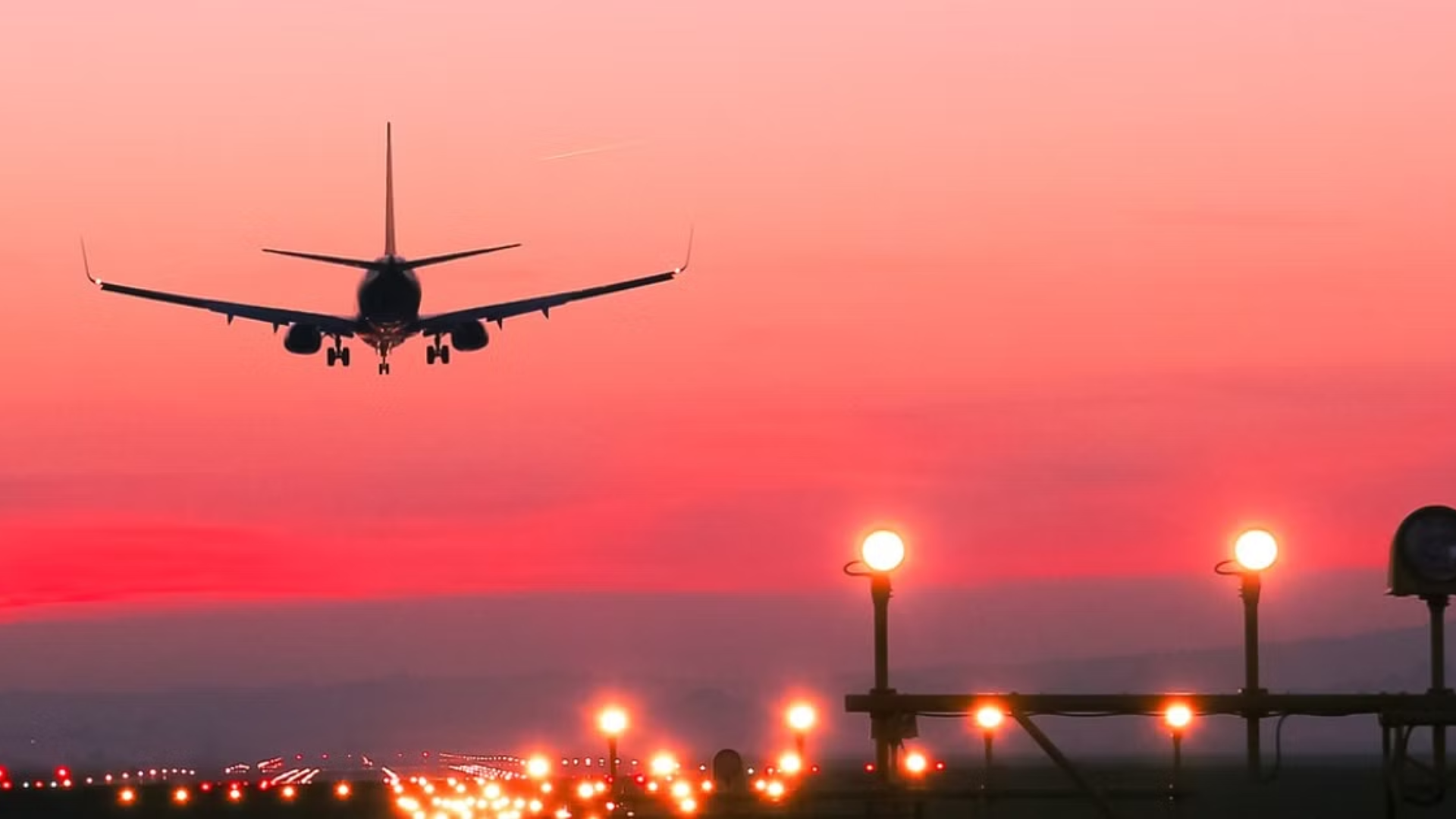


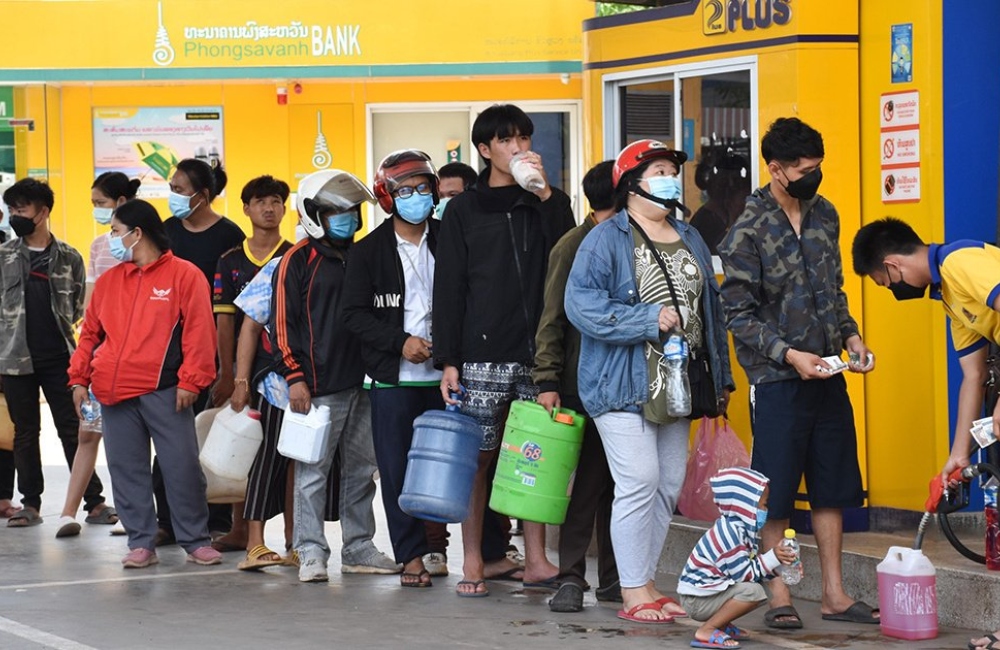
Even experts feel that Vientiane is on the verge of loan default as a result of Laos’ worsening economic problem, which is driving the government into collapse.
Laos’s small foreign exchange reserves worry analysts that the Southeast Asian country may be dangerously close to defaulting on its debt, according to Financial Post. Anushka Shah, vice president and senior rating officer at Moody’s Investors Service, stated that Laos “is on the verge of default.”
China, who opened the door for infrastructure projects, is responsible for approximately half of Laos’ foreign debt.
Projects including hydroelectric plants, officially guaranteed debt, and railway lines were funded by loans from China.
The Export-Import (Exim) Bank of China and the China Development Bank (CDB) provided the majority of the financing for infrastructure projects.
World Bank and IMF had already assessed Laos as potentially being at a high risk of financial distress under the Low-Income Country Debt Sustainability Framework before the assault of COVID-19.
Even if the growth of sovereign debt is not inherently a bad thing, Laos’ status as a developing nation put it at a higher danger of financial trouble. According to Financial Post, financing for resource projects has caused a mismatch between the longer-term mobilisation of state income and the short-term maturity of loan obligations.
However, the Covid issue had a significant impact on the Lao economy as well. The country experienced a sharp fall in tourism earnings as a result of the COVID scenario. Supply chains also broke down, and employees who were forced to return to the country from Thailand lost up to USD 100 million in remittances, adding to the pandemic’s financial toll.
The Laos-China Railway project, funded by the Belt and Roads Initiative and China’s Exim Bank, is frequently brought up in debates about Laos’ debt woes. Lao PDR and China split the USD 5.9 billion construction cost, or one-third of Lao GDP in 2017, at a ratio of 30:70, however the hefty prices still pose problems.
A total of 40% of the cost of construction is covered by equity, with China funding the remaining two-thirds and the Lao government contributing one-third (primarily through loans from the Export-Import Bank of China). The Lao-China Railway Company, a state-owned enterprise with 30% Lao and 70% Chinese ownership, will take out loans to cover the remaining 60% of expenditures.
Media reports cited a 2020 Asian Development Bank Institute (ADBI) working paper contributed by J A Lane, the Government of Laos is optimistic that this railway will act as an export and trans-shipment gateway between the Mekong region and China, but there is also a high likelihood that the railway will be unprofitable in the coming years.
About half of Laos’s foreign debt is owed to Chinese companies, and some debt restructuring appears to be negotiated directly between the government and Beijing. Regardless of how this process plays out in the medium term, the country’s economic problems seem far from being solved stated local media reports.

